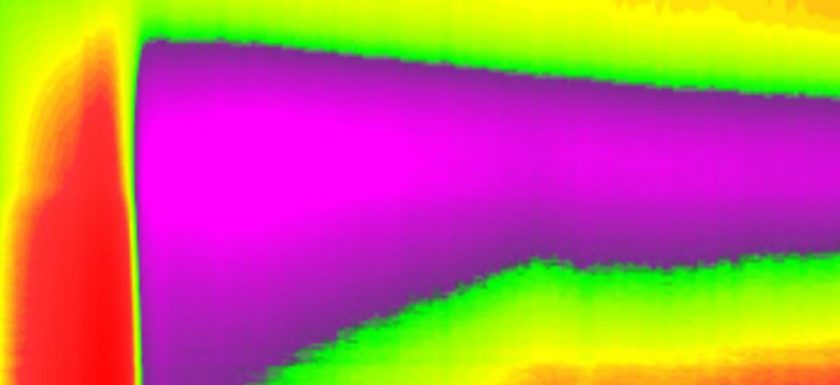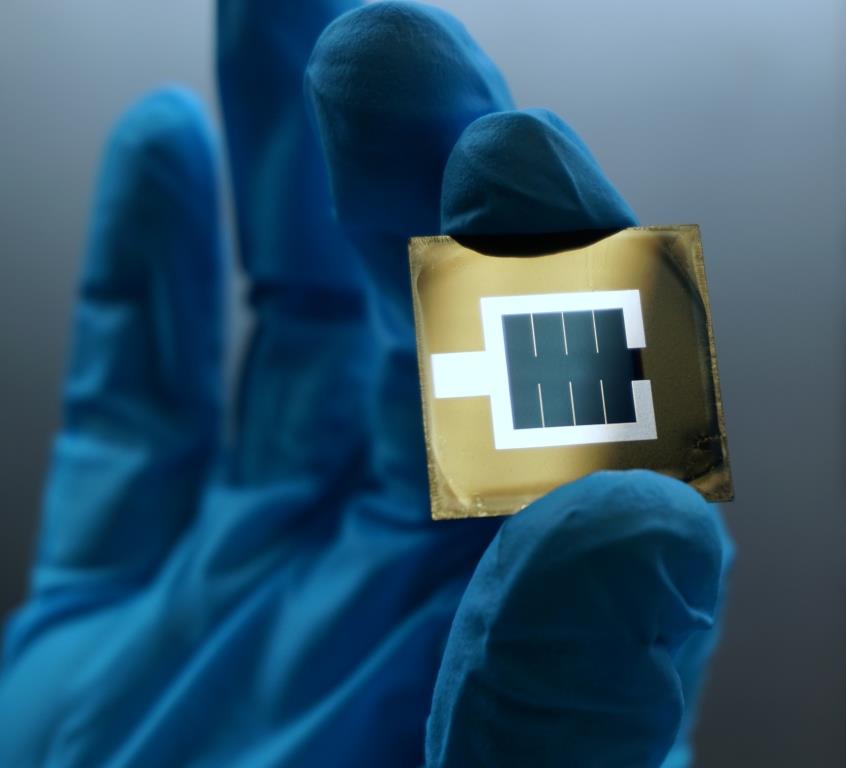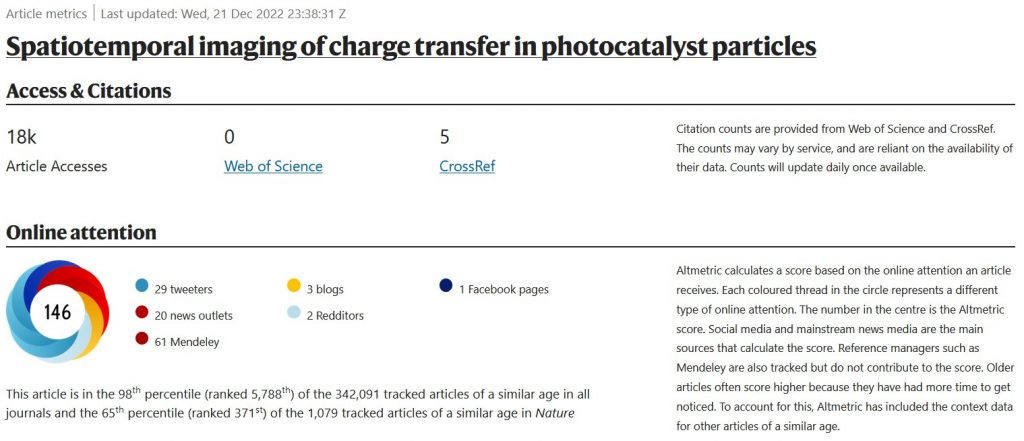
Ideally, when research teams submit a particularly important paper, they share it with the comms team. Then it is usually my turn to take over and write a science highlight. It’s a short, highly simplified text, optimised for quick and easy reading. Publications of 30 or more pages are condensed into one page, leaving out a lot, however the motivation and relevance of the research should come across clearly.

Of course, our science news also end up on many other websites and platforms, additionally we distribute them through different channels and ensure dissemination. It is difficult to determine exactly how often they are accessed there. Probably many times over.
Outreach needs time – why bother?
Sometimes researchers want to know: Where is the benefit asking the Comms team to highlight my paper? It is time consuming for the scientists: they have to explain what is particularly important in the paper, provide nice illustrations and check the drafts. In fact, it’s all about getting attention! Not necessarily through the mass media: the topics of our research are often too specific for that. But certainly, among the science community, science management and politics. After all, who still manages to read the original publications on a broader field of knowledge? Short science news can provide a rough overview and perhaps even help to discover interesting methods in related fields.
Altmetric counts how often the DOI is mentioned in social media
Many – but not all – publishers display both the accesses of publications and the frequency with which the Digital Object Identifier(DOI) appears on the web. This last indication is collected by Altmetric. It takes into account Twitter, Reddit, Mendeley, Facebook, blogs and news sites on the web that reference the original publication with the DOI.

After a science highlight goes online, these Altmetric numbers often rise sharply and this also seems to correlate with accesses of the publications.
The 3 publications with the highest Altmetric scores in 2022 have also been retrieved many thousands of times. They are among the top 2% of all publications in the respective journal. Among the 43 science highlights on the HZB website in 2022, a further 30 publications have managed to score among the top 5%. (as of 21.12.2022).
Great research deserves to be seen
Of course, one can debate what such numbers say. It is always possible that outstanding research is initially overlooked and only recognised over time by the science community. But to recognise and evaluate scientific results, the first step is always: to be aware of their existence.
HZB-news with highest Altmetric Scores:

First place (Altmetric Score 146) goes to a publication in Nature that has been accessed over 18.000 times. In it, HZB researcher Thomas Dittrich, among others, presents the method of method of transient surface photovoltage spectroscopy with which the Chinese partners succeeded in measuring the charge transfer in photocatalytically active particles.
HZB-Webnews: Photocatalysis: Processes in charge separation recorded experimentally
Nature, 13 October 2022: Spatiotemporal imaging of charge transfer in photocatalyst particles. DOI: 10.1038/s41586-022-05183-1

Second place (Altmetric Score 143) goes to the paper on the perovskite/silicon world record in 2021, published in Nature Nanotechnology in 2022. It was retrieved 9779 times.
HZB Webnews: Tandem solar cells with perovskite: nanostructures help in many ways
Nature Nanotechnology, 24 October 2022: Nano-optical designs for high efficiency monolithic perovskite-silicon tandem solar cells. DOI: 10.1038/s41565-022-01228-8

Third place (Altmetric Score 141) is taken by a paper on a rather theoretical topic in Nature Physics that has been retrieved over 16.000 times.
HZB Webnews: Quantum complexity grows linearly for an exponentially long time
Nature Physics, 28 March 2022: Linear growth of quantum circuit complexity. DOI: 10.1038/s41567-022-01539-6
